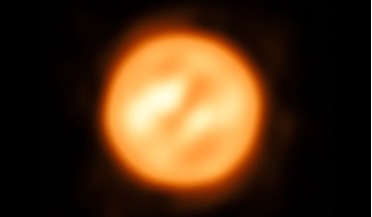 25 August 2017
Most detailed image ever of a star other than our Sun
25 August 2017
Most detailed image ever of a star other than our Sun
..., these huge dying stars are nearing the end of their lives, and indeed Antares is expected to explode as a supernova, possibly within the next few hundred thousand years. Now however, the bloated outer layers of the...
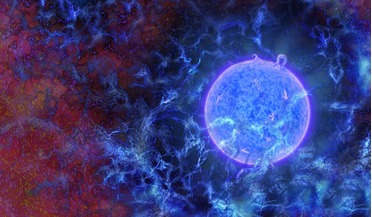 02 March 2018
Light from the Universe’s first stars detected
02 March 2018
Light from the Universe’s first stars detected
... would struggle to see any light that was emitted from these behemoths before they likely exploded as supernovas. So astronomers looked to other means in which to identify the light. Previous research had indicated that the first...
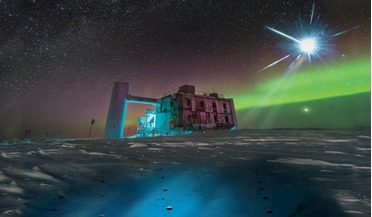 13 July 2018
Neutrino discovery helps resolve a century-old riddle
13 July 2018
Neutrino discovery helps resolve a century-old riddle
... of the fuss over a minuscule, barely-there particle that doesn’t want to be found? Although neutrinos are created in supernova explosions and in the cores of stars like our Sun, the greatest source of neutrinos happened some 15 billion...
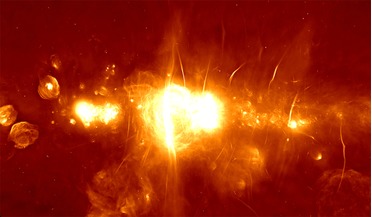 16 July 2018
Science begins with South Africa's super radio telescope
16 July 2018
Science begins with South Africa's super radio telescope
... details with a wealth of never before seen features, including a clearer view of previously known star-forming regions, supernova remnants and radio filaments. The centre of the Milky Way is approximately 25,000 light-years away and...
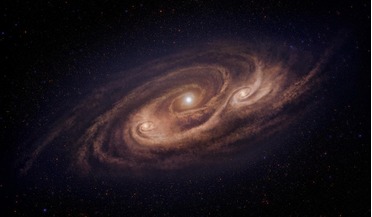 30 August 2018
Unstoppable monster galaxy puzzles and enlightens astronomers
30 August 2018
Unstoppable monster galaxy puzzles and enlightens astronomers
..., the gas cloud collapses and stars start popping out at a rapid pace. However, as the stars and supernova explosions start blasting out gases at the ends of their lives, it adds to the outward pressure. The cloud...
... are from gamma-ray sources, such as supermassive black holes, gamma-ray bursts and the debris of supernova explosions. Finds that are part of the 3,000 new discoveries clocked up by Fermi since its launch; that...